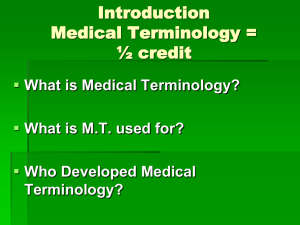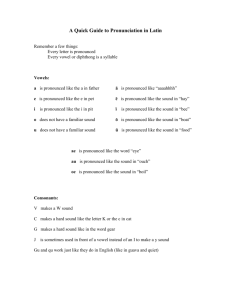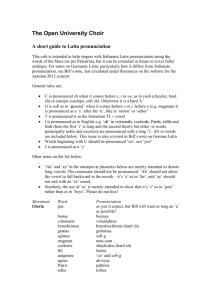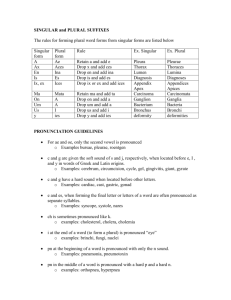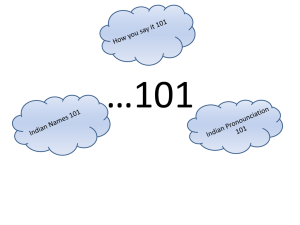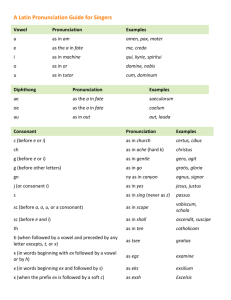Greetings & Alphabet
advertisement
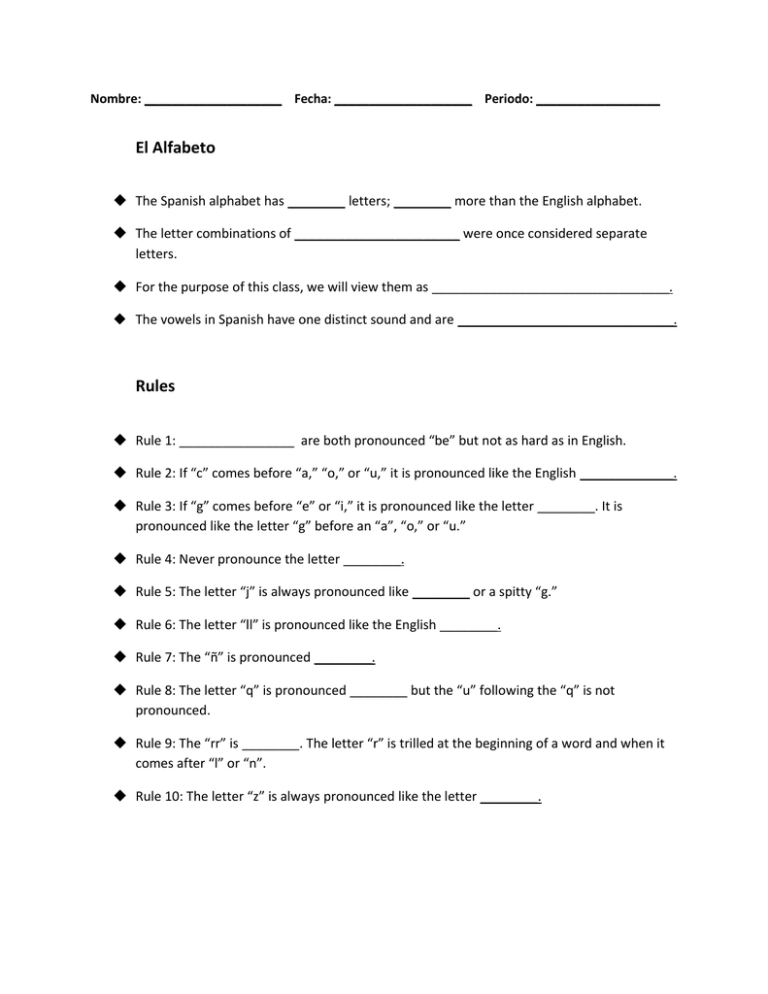
Nombre: ____________________ Fecha: ____________________ Periodo: __________________ El Alfabeto The Spanish alphabet has ________ letters; ________ more than the English alphabet. The letter combinations of _______________________ were once considered separate letters. For the purpose of this class, we will view them as _________________________________. The vowels in Spanish have one distinct sound and are ______________________________. Rules Rule 1: ________________ are both pronounced “be” but not as hard as in English. Rule 2: If “c” comes before “a,” “o,” or “u,” it is pronounced like the English _____________. Rule 3: If “g” comes before “e” or “i,” it is pronounced like the letter ________. It is pronounced like the letter “g” before an “a”, “o,” or “u.” Rule 4: Never pronounce the letter ________. Rule 5: The letter “j” is always pronounced like ________ or a spitty “g.” Rule 6: The letter “ll” is pronounced like the English ________. Rule 7: The “ñ” is pronounced ________. Rule 8: The letter “q” is pronounced ________ but the “u” following the “q” is not pronounced. Rule 9: The “rr” is ________. The letter “r” is trilled at the beginning of a word and when it comes after “l” or “n”. Rule 10: The letter “z” is always pronounced like the letter ________. Nombre: ____________________ Fecha: ____________________ Periodo: ___________________ Apuntes: Greetings, Goodbyes, How are you? Greetings (Next to each greeting, draw a sketch to help you remember the term) ¡Hola! ¡Buenas tardes! ¡Buenos días! ¡Bienvenidos! ¡Buenas noches! ¿Qué tal? / ¿Qué pasa? Goodbyes (Next to each goodbye, draw a sketch to help you remember the term) ¡Adiós! ¡Hasta luego!/¡Hasta la vista! ¡Hasta mañana! ¡Chao! Titles (Next to each title, draw a sketch to help you remember the term) Señor Señora Señorita ¿Cómo estás? (Next to each feeling, draw a sketch to help you remember the term) ¡Muy bien! Bien. Excelente No muy bien. ¡Muy mal! Regular


